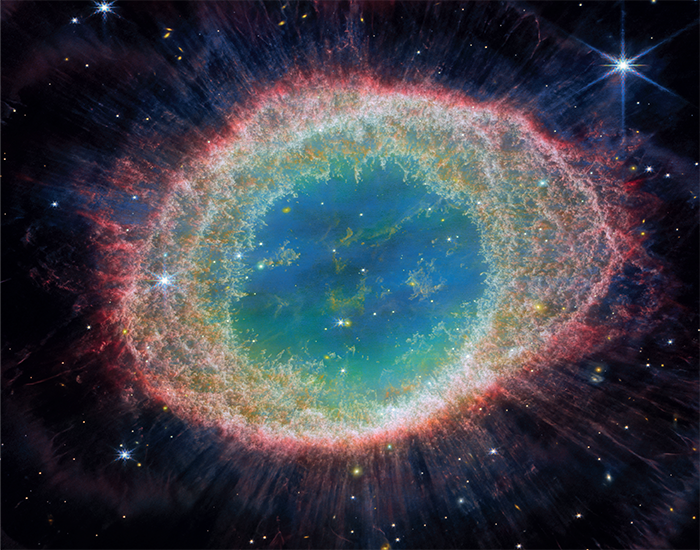Are we alone in the universe? In a recent research, a team of astronomers shed light to the question – literally – with NASA’s spectroscopy based James Webb Space Telescope, unveiling the potentially habitable properties of a newly discovered exoplanet, K2-18 b, approximately 120 light-years from Earth. James Webb’s near-infrared imager, slitless spectrograph, and near-infrared spectrograph detected methane and carbon dioxide, without noting any signs of ammonia – implying the presence of liquid water. More tantalizing still, the team found signs of dimethyl sulfide (DMS), which on Earth is only produced by life. “This result was only possible because of the extended wavelength range and unprecedented sensitivity of Webb, which enabled robust detection of spectral features with just two transits,” said principal author Nikku Madhusudhan in a press release.
Spectral assistant. Nerve repair surgery could be enhanced with multispectral photoacoustic imaging, according to the findings of a study conducted by researchers at The Johns Hopkins University, USA. The researchers were able to visualize and differentiate lipid-rich nerves from surrounding water-containing and lipid-deficient tissues and materials, which could aid surgical decision making. “Photoacoustic imaging using the optimal wavelengths identified and demonstrated for nerves holds promise for detection of myelination in exposed and isolated nerve tissue during a nerve repair surgery, with possible future implications for other surgeries and other optics-based technologies,” concluded the authors.

Talking trees. It might be celtic folklore that trees can whisper, but a research group from the University of Cambridge “spoke” with plants to uncover their biomolecular processes. Highlighter – a biosensor conveying a synthetic, light-gated gene expression system – was developed to trigger and translate optogenetic signals of protein expression in plants under stress – providing insights into plant immunity. The photoswitching technology was evaluated and adapted following spectroscopic analysis to define the light conditions necessary for optogenetic gene expression control. “A growing toolbox for plants, with diverse optical properties, also opens exciting opportunities for crop improvement. For example, in the future we could use one light condition to trigger an immune response, and then a different light condition to precisely time a particular trait, such as flowering or ripening,” said corresponding author Alexander Jones in the press release.
Dinosaur or the egg? Modern day birds have evolved from dinosaurs, but several questions remain unanswered as to what molecular changes occurred to enable this transition. Researchers from the University College Cork, Ireland, employed infrared and sulfur X-ray spectroscopy coupled with controlled taphonomic experiments to analyze Mesozoic feathers. They found that feather corneous beta proteins (CBPs) gradually adapted to α-helices. This molecular alteration ensured the survival of CBPs against thermal maturation – indicating that dinosaurs had similar feathers to modern birds.
Diamond materials are, in principle, suitable for use as photoelectrodes that could use sunlight to convert greenhouse gasses into less harmful compounds, according to analysis involving four different X-ray and UV-vis spectroscopy methods. Link
High-resolution NMR spectroscopy coupled with computer simulations enables scientists to simultaneously characterize dynamic and structural properties of multi-domain proteins for the first time. Link
Researchers at Aston University, UK, use a benchtop NMR spectrometer to analyze pyrolysis bio-oils – demonstrating that NMR analysis can be “easier and more accessible to potential users.” Link
Study employing protein spectroscopy, electron microscopy, and chromatography unveils the role of the ancient protein family serum amyloid A (SAA) in host defense and lipid clearance in pathologic amyloid formation. Link
Confocal line-scan Raman micro-spectroscopy system used to rapidly detect microplastics below 200 nm and with 1–2 orders of magnitude faster imaging speed compared with point confocal Raman technology. Link




